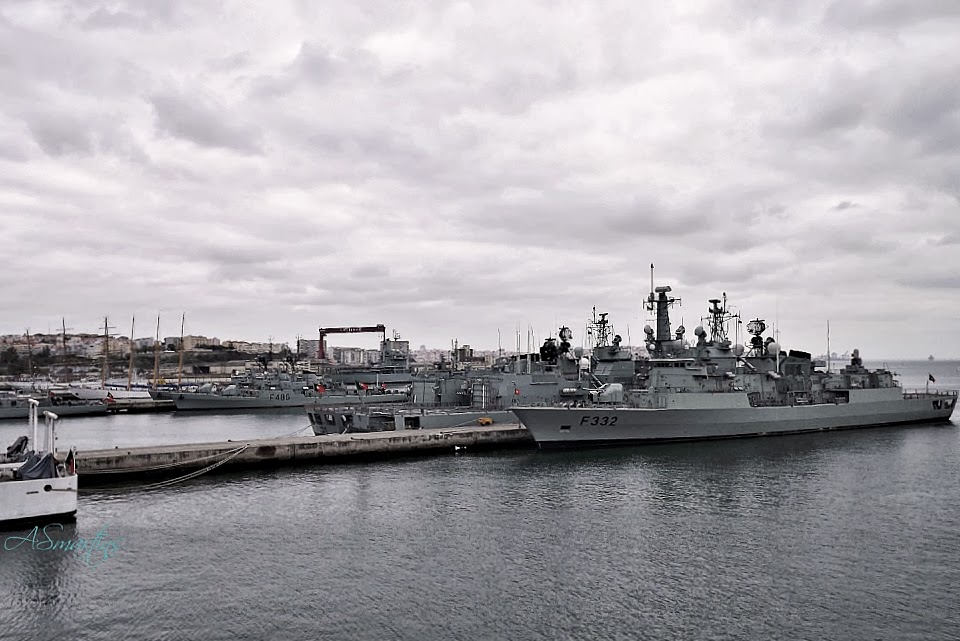The pilot comprises a local energy system – an urban district – within the Lisbon Naval Base.
The site offers the opportunity to optimise eNeuron’s electricity system operation with other energy carriers. In addition to electricity, these include heating and cooling, transport and industry in a sector-coupling approach, increasing the hosting capacity for RES at local level. The hub’s border will be a MV/MV substation, since the military facility has its own distribution grid.
The substation powers two different networks:
– a 6kV / 50Hz network, comprising residential and industrial loads – naval station buildings and the department of propulsion and energy workshops
– a 6kV / 60Hz network, comprising the docks and the battleships.
From the different types of loads available we may consider, lighting circuits, HVAC systems, boilers, and industrial appliances, e.g., ovens. Distributed generation and other energy resources to consider are: ship’s diesel generators and batteries, PV systems in car parks and buildings’ rooftops and an electric vehicle charging station.
The high-level management architecture proposed for the local energy system is based on a master-slave approach, where a system aggregator for the entire hub will coordinate and manage micro Energy Hubs, i.e., small scale systems comprising a secondary-substation and its LV circuits, or a small campus and its cluster of buildings.
Slave micro Energy Hubs will be governed in an automated way, targeting a certain degree of self-optimisation and functional independence, taking into consideration the characteristics of the available assets and flexibility. The main applications to explore will be:
- Local energy and flexibility forecasting;
- Peer-to-peer energy and flexibility trading;
- Local system optimisation for ancillary services to the MV grid connection node – to avoid congestion of local active grid and to support voltage.
